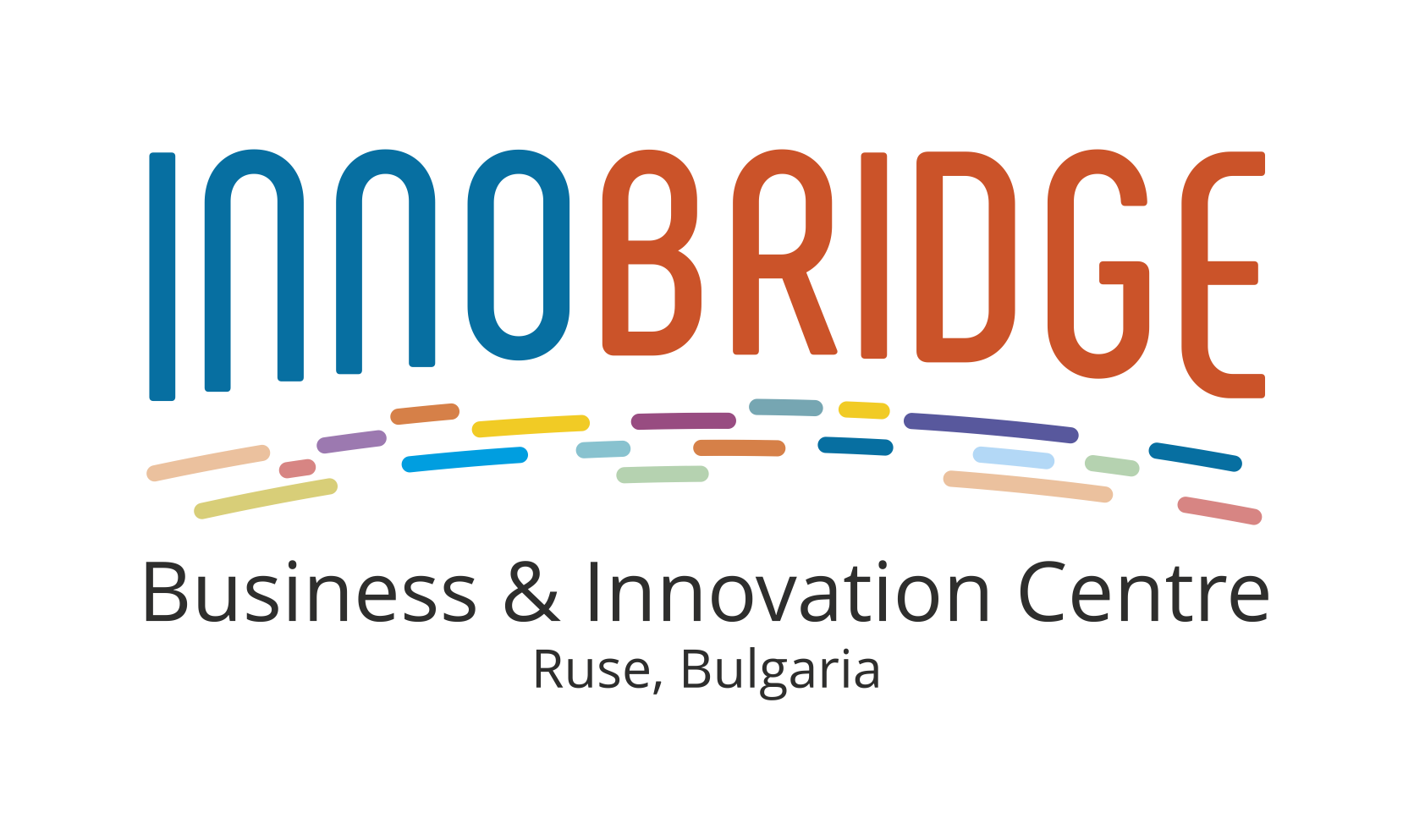From idea to MVP: How to check if your business idea works without a big budget
A practical guide for Bulgarian entrepreneurs in the technology sector
Every successful tech company starts with an idea. But between the brilliant idea in your head and a working business, there’s one critical step – checking whether someone really needs your solution and is willing to pay for it. In this article, we’ll look at how to go from idea to Minimum Viable Product (MVP) without spending tens of thousands of leva.
Why most ideas fail
The statistics are relentless – over 90% of tech startups fail in the first three years. The most common reason isn’t poor execution or lack of funding. The problem is that they create products that no one needs.
In Bulgaria, this problem is even more pronounced. The small local market means that mistakes are costly and opportunities for second attempts are limited. Therefore, testing the idea before investing time and resources is critically important.
Step 1: Define the problem, not the solution
Before you think about functionalities and technologies, answer three simple questions:
- What problem exactly are you solving?
Describe it in one sentence. If you can't, your idea is probably too vague. - Who has this problem?
Be as specific as possible. “Everyone” is not a target group. “Accountants in small businesses with up to 10 employees” is. - How serious is the problem?
People only pay for solutions to problems that really hurt them. "It would be nice to have something like that" is not a strong enough motivation to buy.
Practical example from Bulgaria: Telerik
The four founders of Telerik – Svetozar Georgiev, Vasil Terziev, Hristo Kosev and Boyko Yarumov – started in 2002 initially as an outsourcing company, but quickly reoriented themselves to creating their own products. Their first product was RAD editor – a web page editor for the then new Microsoft technology ASP.NET. Terziev says: “There were no big goals and it was just a matter of survival”. They gave themselves an ultimatum – to find at least one customer for their product within two weeks. They succeeded. Today Telerik is one of the most successful Bulgarian technology companies, acquired by Progress Software in 2014.
Step 2: Talk to potential customers (before you write a line of code)
The cheapest way to test your idea is to talk to people who have the problem. Don't ask, "Would you use..." or "Do you like the idea of...". People are polite and will say "yes" so as not to offend you.
The right questions to ask:
- How are you solving this problem right now?
If the answer is "no way," the problem is probably not serious enough. - How much time/money are you wasting because of this problem?
Concrete numbers give you an idea of the value of your decision. - What have you tried so far to solve the problem?
It shows you the competition and alternative solutions. - Who makes the decision to purchase this type of solution in your company?
Make sure you're talking to the right people.
Where to find people to talk to in Bulgaria:
- Facebook groups – There are dozens of specialized groups for different professions and industries
- LinkedIn – Search by job title and company, write personalized messages
- Professional organizations – BAIT, BASCOM, industry chambers
- Events and conferences – DEV.BG, DigitalK, Webit
- Personal contacts – Use your network, ask for recommendations
Step 3: Create a prototype for testing (without programming)
Once you've spoken to at least 10-15 potential customers and are convinced that the problem exists, it's time to create something tangible. But don't rush into programming.
Rapid prototyping methods:
1. Paper prototype
Draw the app screens on paper. Show them to potential customers and ask them to “click” on the buttons. Observe where they get confused.
2. Mockup with design tools
- Figma (free for up to 3 projects) – create interactive mockups
- Canva – for simpler visualizations
- Marvel App – turns sketches into clickable prototypes
3. Video demonstration
Create a short video (2-3 minutes) that shows how the solution would work. You can use PowerPoint and a screen recording.
4. Interest-raising page
Create a simple webpage that describes the product and has a sign-up form. Tools:
- Carrd – $9 per year for professional plan
- GitHub Pages – free hosting
- WordPress.com – free basic plan
Example of a test without code: Zappos
Nick Swinmore, the founder of Zappos, started with a very simple MVP in 1999. Instead of investing in warehouses and inventory, he simply took photos of shoes from local stores and posted them online. When a customer placed an order, Swinmore would go to the store, buy the shoes at full price, and ship them. In this way, he tested whether people were willing to buy shoes online without any initial investment in merchandise. The company generated $1.6 million in revenue from this manual process in its first year. In 2009, Amazon bought Zappos for $1.2 billion.
Step 4: Create a real MVP
If your prototype generates interest (at least 10% of the people you talk to want to try it), it’s time for a real MVP. But remember – “minimally viable” means really minimal.
Principles for a good MVP:
- One basic functionality
It solves the main problem and nothing more. Adding features comes later. - Ugly but working
It's better to have it work perfectly with a basic design than to look great but not do the job. - Manual background processes
Automate only what is visible to the customer. Everything else can be done manually in the beginning.
Tools for quickly creating an MVP:
For web applications:
- Bubble – creating applications without code
- Webflow – for more static sites
- Airtable + Zapier – database with automations
- Google Forms + Google Sheets – for the simplest solutions
For mobile applications:
- FlutterFlow – visual application creation
- Adalo – simple mobile apps without code
- Progressive Web App (PWA) – a web application that works like a mobile
For automations and integrations:
- Zapier or Make (free plans)
- Google Apps Script – free for Gmail/Sheets automations
- Integromat – alternative with good free options
Step 5: Test with real users
Early Access Program
Offer free or heavily discounted access to the first 10-20 users in exchange for regular feedback. This works especially well in Bulgaria – people appreciate the personal approach.
Key metrics to monitor:
- Activation – how many of those who registered actually use the product?
- Detention – do users return after the first week?
- Recommendations – do they recommend the product to others?
Collecting feedback:
- Weekly conversations – 15-minute calls with each early user
- Built-in chat – Tawk.to or Facebook Messenger on the site
- Short surveys – Google Forms after each use
- Behavioral observation – Hotjar (has a free plan) shows how people use your site
Step 6: Decide whether to continue or change direction
After 2-3 months of testing, you will have enough data to make a decision:
Green lights – go ahead:
- At least 40% of users use the product weekly
- You have 5+ users ready to pay
- You get requests for new features (meaning the main one is useful)
- Users recommend the product without you asking them to.
Red flags – time for change:
- Users sign up but don't come back
- "It's interesting, but..." is the most common response
- You spend more time persuading than developing.
- After 3 months you don't have a single paying customer
Practical examples from Bulgaria and the world
Success Story Bulgaria: Enhancv
Volen Valkov and Dimitar Vuldjev started Enhancv in 2014, first as a service – manually helping over 100 people create better CVs. After three months, they created the first automated prototype and have been updating the product every day since then. Volkov says: “Before we started Enhancv, I had seen many CV creation services, but they all focused on automating the process, not on solving the real problem – how people present themselves.” Today, Enhancv has over 200,000 daily users and helps people find jobs at companies like Tesla, Spotify and HP.
International example: Dropbox
Drew Houston didn’t start out by creating a complex file storage system. Instead, in 2007, he created a simple 3-minute video showing how Dropbox would work. He posted it on Hacker News and collected over 70,000 email addresses of interested users overnight—without writing a single line of code for the actual product! That gave him the confidence to continue. Today, Dropbox has hundreds of millions of users worldwide.
Lesson from failure: Wizard of Oz approach
Many Bulgarian startups make the mistake of automating everything from the start. One example is an online ordering platform for restaurants (name withheld), which invested over 50,000 leva in developing a complex system with integrations with cash registers before testing whether restaurant owners even wanted such a service. After 6 months, it turned out that most prefer to take orders by phone. They could have learned this with the “Wizard of Oz” MVP – taking orders through a simple website and transmitting them to restaurants by phone.
Idea Validation Checklist
□ A specific problem is defined in one sentence
□ A clear target group has been identified
□ At least 10 conversations with potential clients have been held
□ It is confirmed that the problem costs people money/time
□ A prototype was created without writing any code
□ At least 10% of the people who saw the prototype want to use it
□ An MVP with one main functionality has been created
□ 10-20 test users have been attracted
□ Activation, retention and recommendations are measured
□ After 2-3 months there is clear evidence of success or failure
Useful resources
Bulgarian communities and events:
- DEV.BG – the largest technical community
- ProductTank Sofia – for product managers
- Startup Factory – for budding entrepreneurs
- Founders 2 Founders – monthly founders meetings
Funding for MVP in Bulgaria:
- Innovation Fund at the Fund of Funds – up to 50,000 euros
- LAUNCHub Ventures – pre-seed investments
- Eleven Ventures – accelerator program
- Innovation Capital – for technology startups
International resources (with free versions):
- "The Mom Test" by Rob Fitzpatrick – how to conduct client interviews
- Strategyzer.com – free validation templates
- Steve Blank's Customer Development – development methodology
- Y Combinator's Startup School – free online course
Inspiring MVP stories:
- Airbnb – started with air mattresses in their apartment and a simple website in 2007
- Instagram – originally Burbn, simplified to sharing photos with filters
- Facebook – started only at Harvard as a simple profile and connection between students
- Payhawk (Bulgarian company) – Hristo Borisov and Boyko Karadjov created an MVP in 5 days
Conclusion
Validating a business idea doesn't require a big budget - it requires discipline and a willingness to listen to your potential customers. In Bulgaria, where resources are limited and the market is small, this approach is not just advisable - it is mandatory.
Remember: the goal is not to create a perfect product on the first try. The goal is to learn as much as possible with minimal investment and discover whether it is worth continuing in this direction.
Start today – write down the problem you are solving in one sentence and find three people who have it. The first step is the most important.
This is the first article in the series "Practical Guide for IT Entrepreneurs" by BIC Innobridge. Next week: "Registration of a company in Bulgaria: EOOD, OOD or freelance?"
About the organization: BIC Innobridge is the first accredited EU|BIC center in Bulgaria, supporting innovative startups at the local, regional and national levels.
Contact for questions and consultations:
BIC Innobridge
tel: +359 (0)82 825 875
email: info@innobridge.org
Note: The publication was prepared with the help of generative artificial intelligence, which assisted in structuring and formulating the content. The final text is the result of the expert contribution of the author, which guarantees its accuracy and practical focus.







